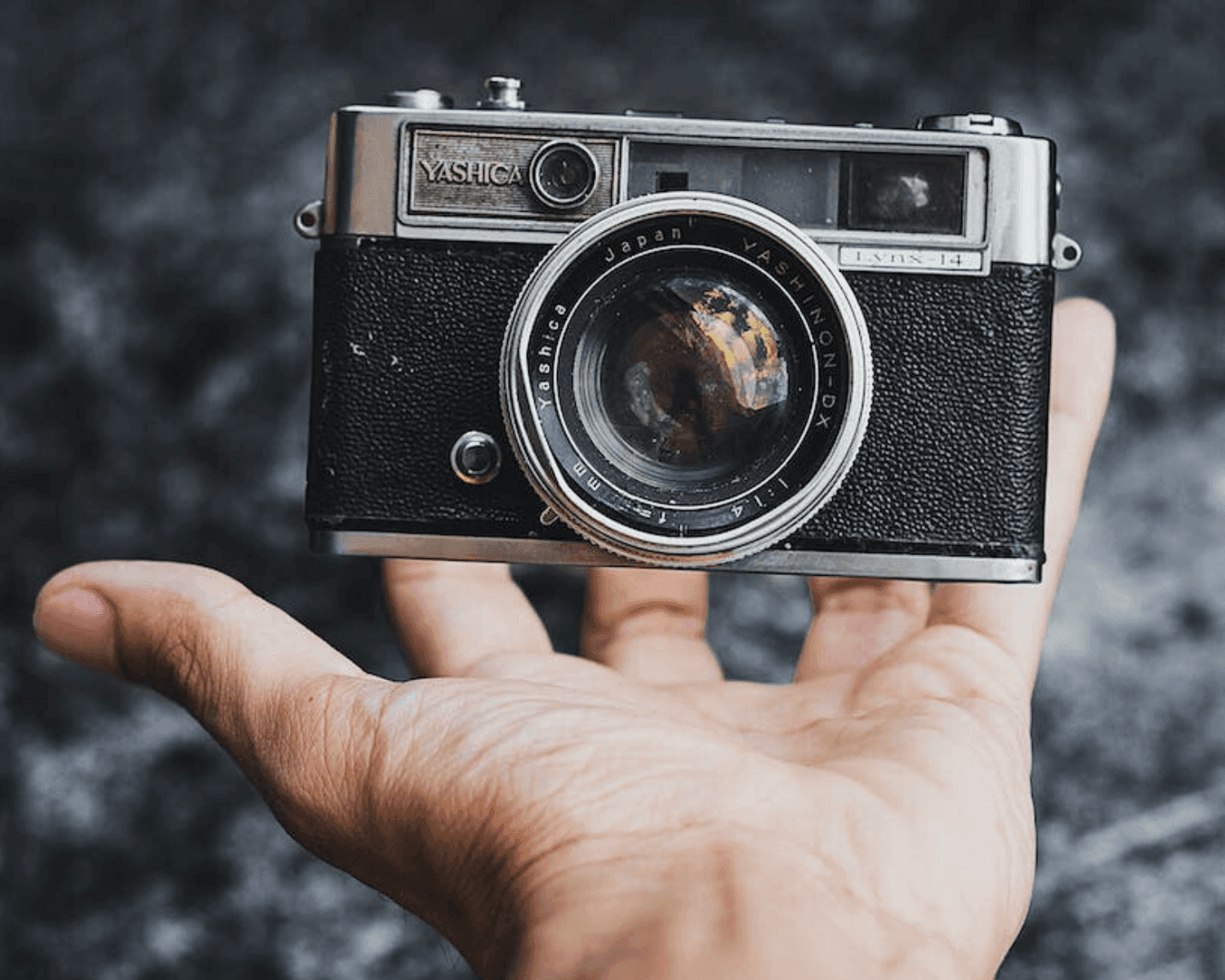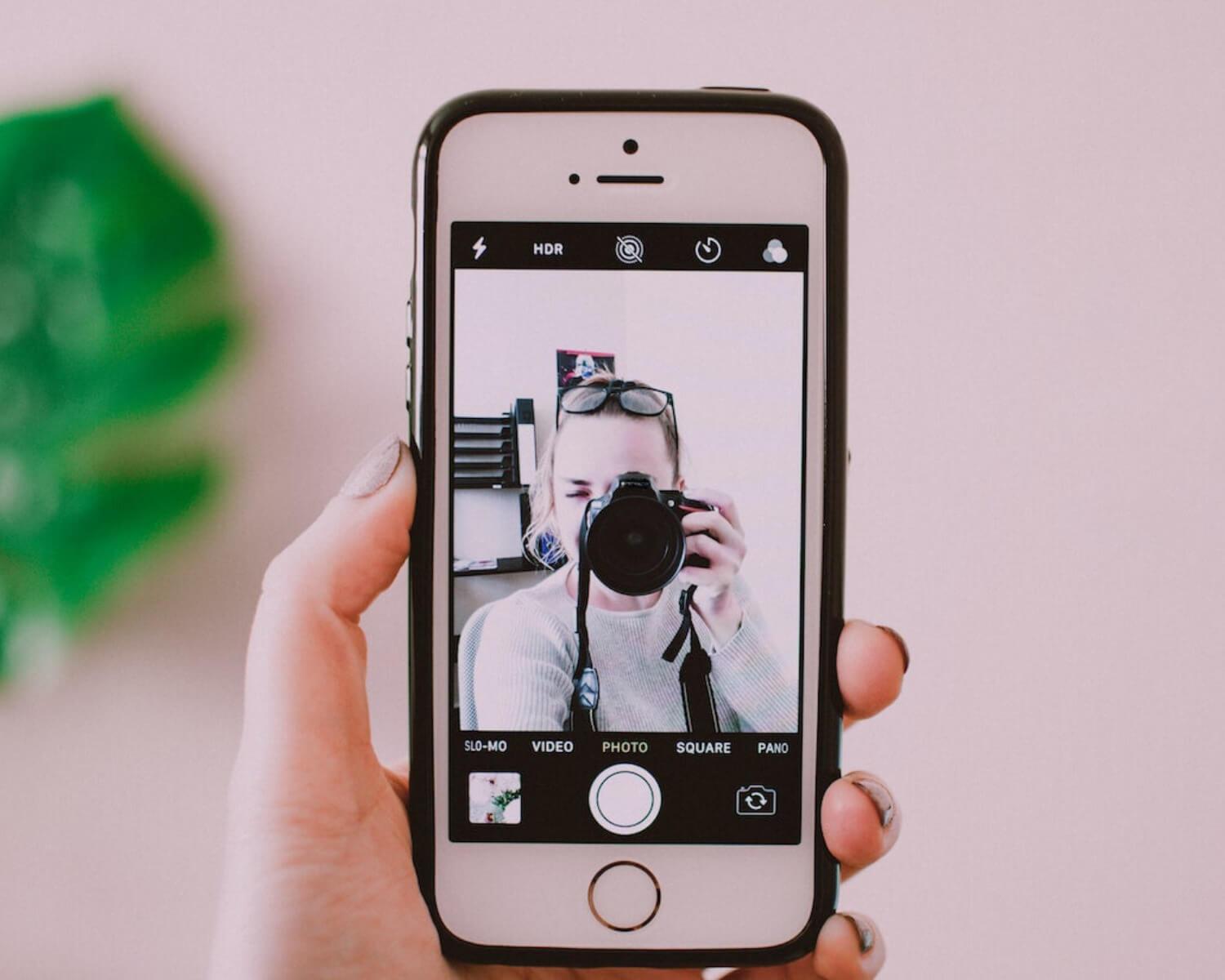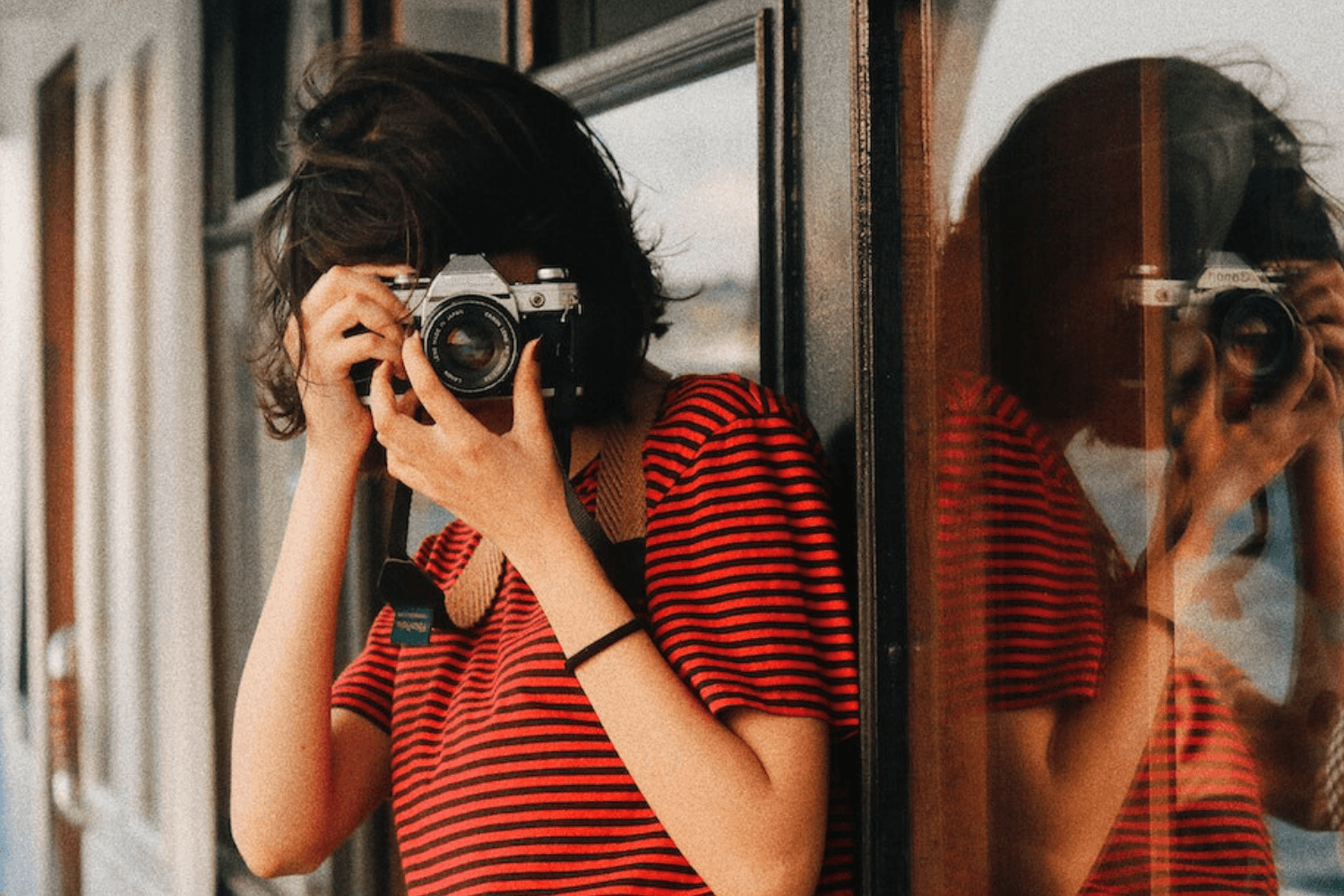Black and White Vs Colour Photography: Award Winning Photojournalist Nic Dunlop shares his thoughts
Yvan Cohen
Tue Oct 10 2023
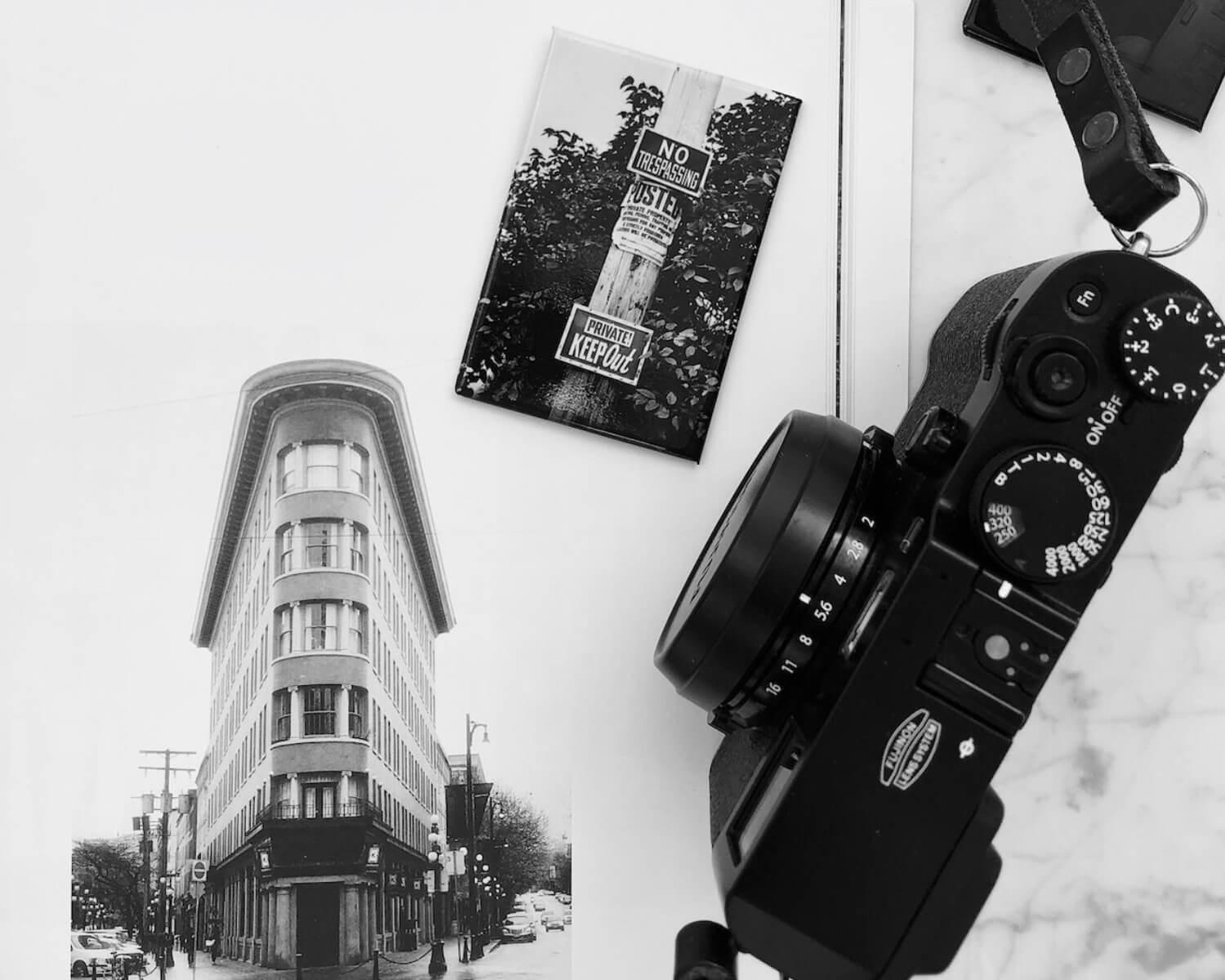
Black and white vs colour photography. It’s the perennial dilemma for any serious photographer.
There are those who’ll swear that colour is the way to go, and those for whom great photos can only be shot in black and white.
The truth, of course, is that neither is better than the other. To shoot in colour or black and white is a simple matter of preference.
As a photographer who has primarily worked in colour but who has shelves full of photography books shot in black and white, I’ve often asked myself why I love black and white photography and yet find myself shooting in colour.
In this story, I’ve decided to ask black and white photographer and friend, Nic Dunlop, to answer some questions about black and white photography.
Nic Dunlop is an award-winning photographer and writer whose work has appeared in leading publications worldwide. He is the author of several books including The Lost Executioner (Bloomsbury) and Brave New Burma (Dewi Lewis). Nic received an award from the Johns Hopkins University for Excellence in International Journalism for exposing Pol Pot’s chief executioner. He also co-directed and co-wrote the Emmy-nominated HBO film Burma Soldier. He has worked for aid organisations including Oxfam, ICRC and UNICEF as well as Al Jazeera and the BBC.
As a photographer and journalist, Nic thinks not just visually but ethically and philosophically about his work and about his choice of black and white over colour.
Black and White Vs Colour Photography
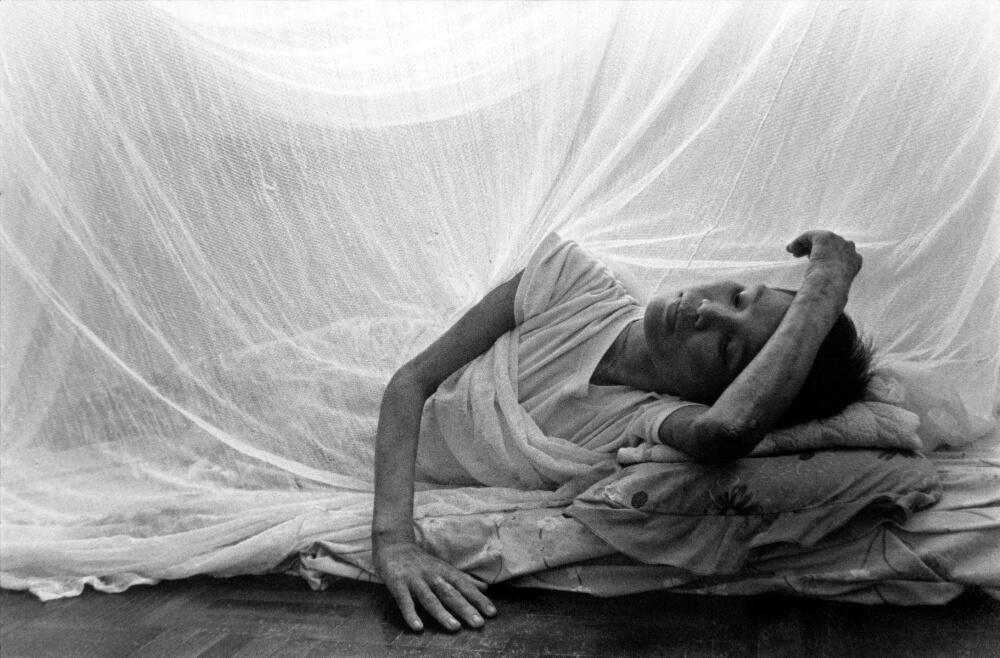 Cho Cho Win a migrant worker and AIDS sufferer in a safe house for women with HIV, Mae Sot, Thai-Burma border. Seven months after this photograph was taken, Cho Cho Win was dead. July 2006. Legal Notice: Any use of this picture is subject to a license agreement entered into by the user. All other rights reserved. Any re-use and redistribution of this image is prohibited.
Cho Cho Win a migrant worker and AIDS sufferer in a safe house for women with HIV, Mae Sot, Thai-Burma border. Seven months after this photograph was taken, Cho Cho Win was dead. July 2006. Legal Notice: Any use of this picture is subject to a license agreement entered into by the user. All other rights reserved. Any re-use and redistribution of this image is prohibited.
YVAN: Black and white is a less accurate representation of reality than colour and yet many photojournalists still choose to work in black and white…why?
NIC DUNLOP: We obviously all see in colour and the world around us is in colour, but black and white images tend to ‘speak’ to us in ways that colour does not. And visa versa. For me, black and white images are more powerful and carry a greater impact. They have a way of imprinting themselves on the mind. Perhaps this has something to do with the way memory and the brain function.
Black and white images emphasise drama, mood, texture, form, composition. Whereas colour tends to soften. It speaks of a different kind of truth in a similar way that fiction writing can over non-fiction.
The reasons some photographers choose black and white over colour are as much historical and cultural as they are an aesthetic choice.
A black and white image is seen as more ‘authentic’ because for the first 60 years or so of photography’s existence, all historical and important events were recorded in black and white. Photography was viewed more as a document replacing, for example, the formal painted portrait. This was because black and white film became more widely available long before colour was available and so established itself as the medium of record.
It is a cultural legacy that continues to this day with some photographers still using black and white to capture historic events or to tell stories.
For me, it’s also about archival quality. We know that film and prints are robust and have been with us for a century and a half. So, for any work that is important to me, I use black and white film because I know it will outlive me.
That’s not to say colour is somehow inferior or black and white is ‘better’. I find colour difficult to master. It’s rare I will use colour because I’m simply not very good at it. With colour there is so much more to consider beyond composition, movement, depth of field, form, texture etc.
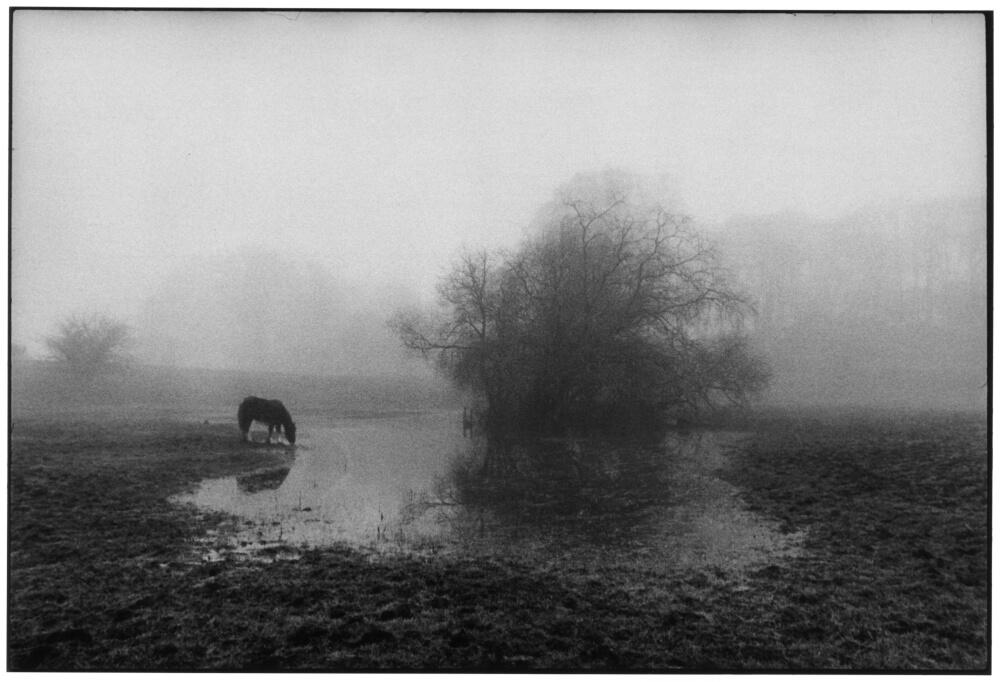 The battlefield at Aughrim, Co Galway, Ireland. Credit: Nic Dunlop 2022. Legal Notice: Any use of this picture is subject to a license agreement entered into by the user. All other rights reserved. Any re-use and redistribution of this image is prohibited.
The battlefield at Aughrim, Co Galway, Ireland. Credit: Nic Dunlop 2022. Legal Notice: Any use of this picture is subject to a license agreement entered into by the user. All other rights reserved. Any re-use and redistribution of this image is prohibited.
Not only do you have all the calculations you would with black and white, but on top of that you are dealing with the complex nature of colour itself. And of course, light, which you have no control over. Black and white can work in almost any condition. It’s not the same for colour. To me, when colour works well, it’s awe-inspiring. But it doesn’t have the impact that black and white can.
My preference for black and white over colour is partly about mood and atmosphere. It’s also about stripping subjects away to reveal something starker and perhaps deeper. Some subjects simply lend themselves better to colour and the converse is also true. Colour can distract and somehow lessen impact in a way that black and white doesn’t. Colour can simply say ‘how beautiful’ when perhaps what you are interested is saying is ‘how awful’. That’s not to say that colour can’t be profoundly moving, it can. In many ways it’s more subtle. But it’s completely different and down to what it is you are interested in ‘saying’.
YVAN COHEN: Is there a sense that black and white is perhaps a purer form of photographic expression than colour
NIC DUNLOP: In certain circles black and white might be considered purer by some in the sense that it preceded colour and is therefore seen as original. Perhaps it has something to do with limitations and having to think creatively within those limitations. My own feeling is that these kinds of comparisons are redundant and often reveal a snobbery. I never understand when people talk about something being better or purer or inferior in a creative endeavour. It’s simply different. It really depends on the intent of the creator. Rather than seeing it as a competition, a more apt question would be ‘does it work’? Again, it comes down to whatever the creator set out to do.
YVAN COHEN: Shooting in colour and then converting to black and white, or shooting directly in black and white. Does it matter? Is there a difference?
NIC DUNLOP: I can’t speak for others but I don’t think it makes any difference. It’s whatever you feel comfortable with and what works for you. A colour image in black and white may lose something in the conversion. It depends on the image. It also depends on what you’re doing and what you want. It may also have to do with the gear you feel comfortable with. For example, you may like using a Nikon F which is an old analogue camera with no light meter. It’s going to feel very different to the latest Canon DSLR.
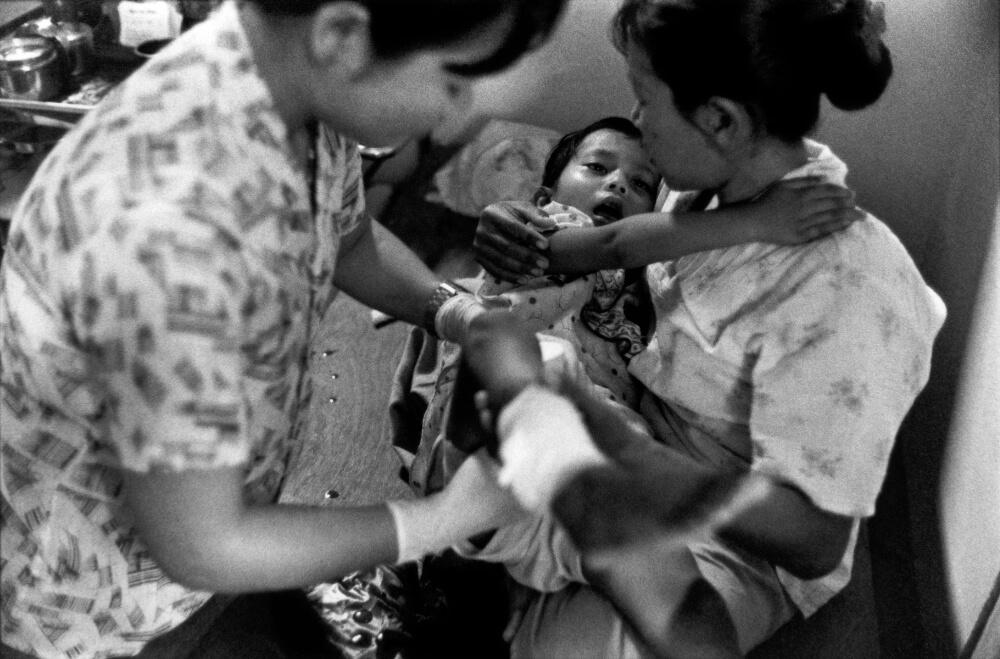 A young girl has her abscesses cleaned in Mae Tao clinic on the Thai side of the border. Even small cuts can become festering wounds and pose a threat to life. In Burma, lack of basic medicines and the collapse of a once-respectable healthcare system has created a medical emergency where even large hospitals are incapable of dealing with treatable conditions. July 2006. Legal Notice: Any use of this picture is subject to a license agreement entered into by the user. All other rights reserved. Any re-use and redistribution of this image is prohibited.
A young girl has her abscesses cleaned in Mae Tao clinic on the Thai side of the border. Even small cuts can become festering wounds and pose a threat to life. In Burma, lack of basic medicines and the collapse of a once-respectable healthcare system has created a medical emergency where even large hospitals are incapable of dealing with treatable conditions. July 2006. Legal Notice: Any use of this picture is subject to a license agreement entered into by the user. All other rights reserved. Any re-use and redistribution of this image is prohibited.
YVAN COHEN: Does one shoot/think differently when working in black and white, as opposed to colour? Does it require a different creative process?
NIC DUNLOP: Only in the sense that you are looking for different things. When shooting with colour and it’s overcast you may choose (if you can) to wait until the sun comes out and only shoot in the early mornings and the late afternoon/evenings. With colour I find it far more difficult and restrictive. Light is important for both obviously, but for different reasons. The way I work is that I have clear ideas of the kinds of images I want to capture before I set out. Usually, I spend a lot of time researching a subject and how I will approach it. I will read a lot and also look at how others approach similar subjects and then head out with those in mind. But that approach I would apply to both.
YVAN COHEN: People tend to see black and white images as more artistic. True? Are they?
NIC DUNLOP: No. How can a medium be ‘more artistic’ than another, what does that mean? Black and white isn’t more artistic than colour, or the other way round. It makes no sense to compare the two. It’s like asking whether Francis Bacon is better than Gauguin, or Chaucer better than Shakespeare, or if the Rolling Stones were better than the Beatles? It’s not a competition.
YVAN COHEN: How has the shift from the traditional (analogue) darkroom to the digital darkroom changed black and white photography?
NIC DUNLOP: I find that black and white digital photographs tend to be flatter and lacking in depth when compared to analogue. Digital black and white images often leave me cold. I see a lot of digital work that is overworked. Digital is extraordinary in terms of how it sucks light out of a given situation. It has an incredible range that goes far beyond what the human eye can see. So, there are times when it can be unreal to view. And it can still look a little metallic – but that depends on the skills in the digital darkroom.
 Khmer Rouge defectors in 1999 in Sdao, Battambang, Cambodia. Credit: Nic Dunlop 2001 Legal Notice: Any use of this picture is subject to a license agreement entered into by the user. All other rights reserved. Any re-use and redistribution of this image is prohibited.
Khmer Rouge defectors in 1999 in Sdao, Battambang, Cambodia. Credit: Nic Dunlop 2001 Legal Notice: Any use of this picture is subject to a license agreement entered into by the user. All other rights reserved. Any re-use and redistribution of this image is prohibited.
YVAN COHEN: Do you feel there’s a qualitative difference between digital black and white images that are re-worked using digital tools and images which are shot, developed and printed using traditional methods?
NIC DUNLOP: I do. There’s a depth and richness to the old (analogue) way I find. For me, digital tends to flatten and deaden. There is a metallic quality I don’t like. Having said that, I remember being given an assignment to produce a black and white photo-led book and this organisation wanted me to shoot film. When I told the them they could make a significant saving by having me shoot it all on digital and converting it to black and white they said go ahead. I bought some plug-ins to lay the grain over the digital files even giving you the brand and kind (Kodak Tri-x 400). I think it’s hard to tell the difference and it worked well. But I’d prefer film because that’s what I know and feel comfortable with. And feeling confident is as important as the gear you have.
For me it’s also about the archival quality. We know that film and prints are robust and have been with us for a century and a half. Digital is still unstable and unreliable. So, any work that is important to me, I use black and white film because I know it will outlive me.
Written by Yvan Cohen | Yvan has been a photojournalist for over 30 years. He’s a co-founder of LightRocket and continues to shoot photo and video projects around South East Asia.
Cover image by ready made
To read more helpful articles on photography, check out our blog page.
Join our growing photographer community at LightRocket and get powerful archive management and website building tools for free!
